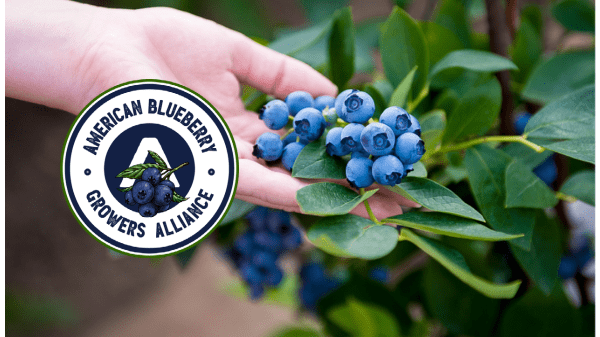Imported fruits and vegetables are an increasing presence in the United States, as anyone knows who has visited a produce department in recent years.
Consumers benefit in price and quality and variety. Growers, however, are far more mixed in their responses.
When one thinks of advantages foreign producers have over domestic ones, labor costs are the first thing that come to mind, but they are not the only factor. New varieties of crops have been developed that thrive in warmer climates, for example, blueberries, formerly regarded as a commodity produced in cooler northern temperatures.

“Over the last five years alone, blueberry imports have surged by over 62% from 423 million pounds in 2015 to 684 million pounds in 2019,” notes the Michigan Farm Bureau.
“About 80 percent of U.S. blueberry imports in 2019 were sourced from three countries: Peru, Chile, and Mexico,” USDA’s Economic Research Service reported in September. “The boost in imports from these countries is a likely result of increased cultivation of newer varieties and expanded acreage devoted to blueberries in relatively new producers.”
Some have contended that imports from Southern Hemisphere nations such as Chile and Peru don’t overlap with U.S. production and therefore don’t hurt domestic growers.
A press release from the recently formed Blueberry Coalition for Progress & Health, which advocates on behalf of imports, contends, “Approximately 80% of imported fresh blueberries enter the U.S. in off-peak weeks, implying that the vast majority of imports do not compete with domestic blueberries. Given the lack of temporal overlap when the two sources of supply are present in the U.S. market, imported and domestic blueberries are better seen as complements than substitutes.”
That’s not the whole picture, though.
“In 2010, there was little overlap in U.S. and foreign blueberry supplies in the domestic market, and the periods between seasons had higher grower prices,” says the ERS report.
But “since 2010, domestic and foreign blueberry seasons have extended. Imports from Mexico in early spring have grown, somewhat offsetting imports from Chile, while Florida and Georgia now harvest more in March and April. About 70 percent of import shipments in September and October 2019 were from Peru, increasing competition for producers in Michigan, Washington, and Oregon, where shipments continue until October.”
In short, although there are huge blocks throughout the year when there is no real competition between U.S. and Southern Hemisphere crops, there is an overlap.
Georgia blueberry grower Jerome Crosby says, “As much as 50 percent of my June crop used to be sold as fresh, but last year I sold nothing fresh in June and expect the same this year. This is a direct result of the influx in imports. American blueberry growers across the country—mostly small, family-run farms like my own—are struggling to stay afloat as foreign imports infringe on our harvesting windows.”
Crosby is chairman of the executive committee of the American Blueberry Growers Alliance, which was formed last month to combat import threats.
How important is this overlap? We’ll find out. In September, the U.S. Trade Representative, the Department of Commerce, and USDA launched a request for a Section 201 investigation into the effects of blueberry imports on domestic growers.
The International Trade Commission is holding a hearing tomorrow and is expected to determine whether imports harm domestic growers by Feb. 11.
A Section 201 investigation, by the way, does not look specifically into unfair trading practices such as dumping or unfair subsidies by foreign governments.
“Rather, an increase in imports—irrespective of the reason for the imports—is by itself sufficient to warrant a trade remedy,” says the USTR.
Furthermore, a Section 201 inquiry does not focus on a specific nation but on the total effects of imports of a given commodity.
It would also be too simplistic to say that this dispute pits domestic against foreign growers, because a number of the largest American blueberry growers have established acreage abroad so as to provide customers with a year-round supply.
Joe Barsi, president of California Giant Farms BB #:121061 of Watsonville, CA, and also a leading member of the Blueberry Coalition for Progress & Health, says, “At California Giant Berry Farms, our mission is to deliver high-quality berries and take care of our growers. We believe that the counterseasonal supply of imports has increased consumption in the U.S. and has helped the health of the domestic blueberry industry.”
In the end, it would probably be more accurate to say that the dispute over blueberry imports pits growers who have domestic production only against those who have established a footprint abroad.




